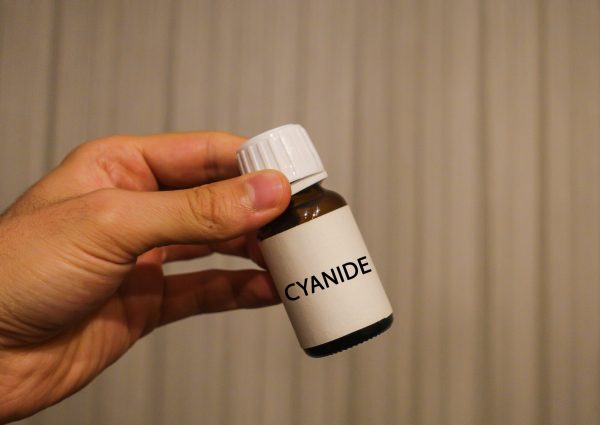Chemical Emergencies
Dangers
Some examples of certain things that can cause cyanide poisoning are Cyanokit (hydroxocobalamin injection), Nithiodote (sodium nitrite injection USP and sodium thiosulfate injection USP for intravenous infusion).
This certain poisoning includes atropine injection, pralidoxime chloride injection, and atropine sulfate injection.

How to Limit & Avoid an Indoor Gas Danger
What to do in an emergency
In the case of a chemical emergency, there are certain things that you must do in order to keep yourself safe. Be sure to listen to whatever the local official who is monitoring the emergency and follow all of their instructions. No matter what the issue is, make sure that you are far from the chemical emergency area. Once you’re in a safe location, do everything in your power to get rid of the emergency on your body by washing yourself. If it gets much worse, call the poisoning center at 1-800-222-1222.
Skin damage
If a chemical has hurt your skin, remove all your clothing and wash yourself for 15 minutes. This will help get as much of the chemical off your body
Eye irritation
If a chemical comes into contact with your eye, keep your eye open and rinse it thoroughly with water for 15 minutes. Use soap and water to clean the surrounding area as needed.
Inhaled
Get to fresh air as soon as possible and do not breathe in any more of the toxic fumes.
Frequently Asked Questions (coming soon)
References & Helpful Articles
- https://www.fda.gov/drugs/bioterrorism-and-drug-preparedness/products-approved-chemical-emergencies
- https://www.cdc.gov/chemicalemergencies/shelter-in-place.html
- https://www.cdc.gov/chemicalemergencies/What-Should-do-in-a-Chemical-Emergency.html
- https://www.epa.gov/system/files/documents/2022-01/appendix-l-what-to-do-in-a-chemical-emergency.pdf
- https://epi.dph.ncdhhs.gov/oee/chemrad/chemfaq.html#j